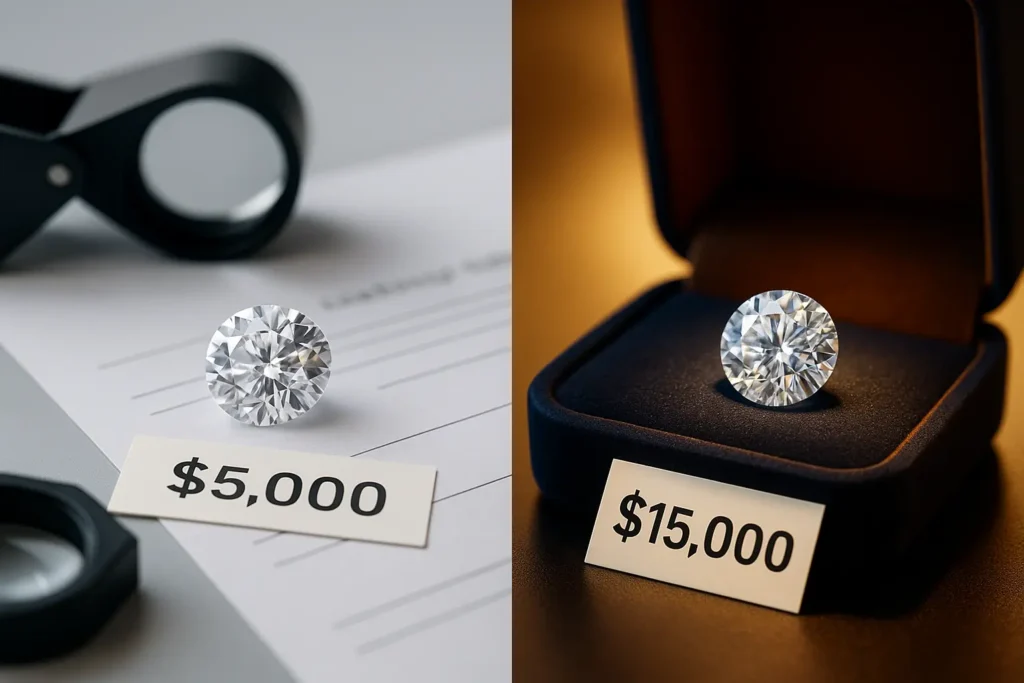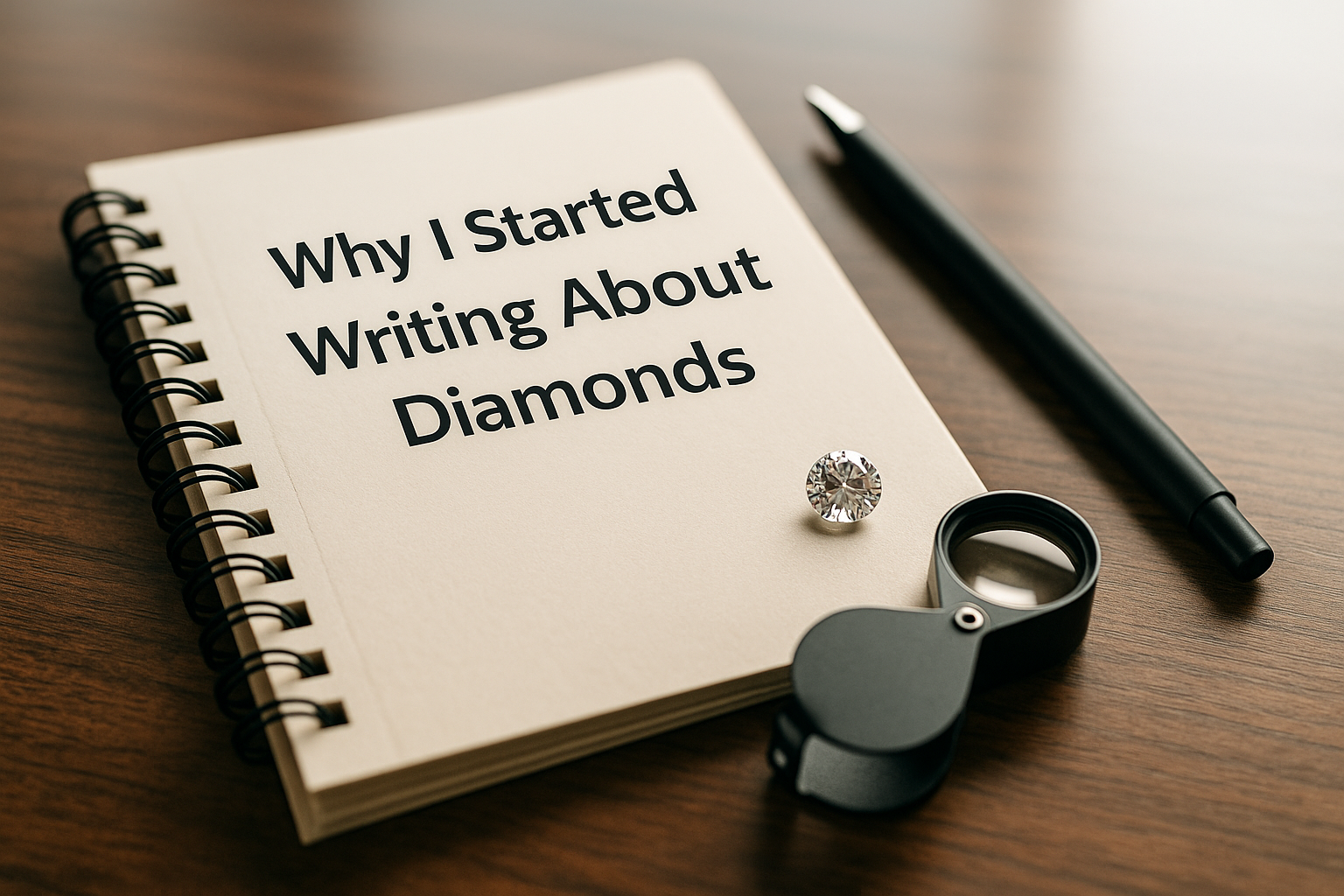Most people shopping for an engagement ring assume the price is based on beauty, the store’s reputation, or negotiation skills.
But behind the scenes, the diamond industry operates with a surprisingly clear and structured system — and understanding it can save you thousands.
📊 There is a diamond price list — even if no one talks about it
In the global diamond trade, there’s a well-known pricing guide that gets updated weekly and used by nearly all manufacturers, dealers, and suppliers worldwide.
This price list isn’t “official,” but the entire B2B diamond market relies on it when negotiating prices.
It categorizes diamonds based on objective criteria:
- Carat weight – e.g., 1.00–1.49 ct, 1.50–1.99 ct, etc.
- Color – From D (colorless) to Z (yellow tint)
- Clarity – From FL (flawless) to I3
- Shape – Round, oval, emerald, princess, and others
Each combination has a price per carat, and that’s how the base value of a diamond is calculated.
💰 What is a diamond actually worth?
Let’s take a 1.00 carat round diamond, F color, VS1 clarity.
The wholesale market value for this diamond is approximately $4,400 to $4,800, depending on details like certification, polish, symmetry, or fluorescence.
Here’s the catch:
That same price applies to almost every supplier — whether they’re a massive brand or a small independent jeweler.
There’s no “secret source” — they all buy at roughly the same price.
📈 So why do you see it for $15,000 in a store?
That’s where the pricing chain begins:
- The diamond dealer buys at the industry-standard price.
- The brand adds its markup — often a significant one.
- The retail store adds more margin to cover operations, marketing, packaging, and customer service.
- The consumer ends up paying 2×, 3×, or more than the original price of the stone.
In many cases, you’re not paying for the diamond — you’re paying for the story around it.
And this isn’t limited to luxury designer brands. Even mid-range jewelry brands with nice websites and solid branding can sell a diamond ring for thousands more than its actual material cost.
🛠️ And what about the jewelry itself?
Once the diamond is set in a ring or other piece of jewelry, additional factors affect the price:
- Gold weight, priced according to the market (14K, 18K, white or yellow)
- Craftsmanship – setting, polishing, custom work
- Overall design – whether it’s mass-produced or custom
And then there’s the emotional side — a major factor in jewelry pricing.
A ring isn’t just metal and stones. It carries personal meaning, sentiment, and symbolism.
We’ll explore that emotional value in a future post.
🧠 Key takeaways
✔ Diamonds have an industry-wide price structure
✔ Suppliers, big or small, buy at roughly the same price
✔ The large price differences come after the supplier — from branding, marketing, and margins
✔ Jewelry = diamond + gold + labor + emotion
When you understand how pricing really works, you’re in control.
You’ll know when a markup is justified — and when it isn’t.
Curious to see how much you could actually pay for a diamond — with the same specs?
On Bidiamonds, you can request real price offers directly from verified global suppliers.
No commitment. No hidden fees. Just full transparency.


